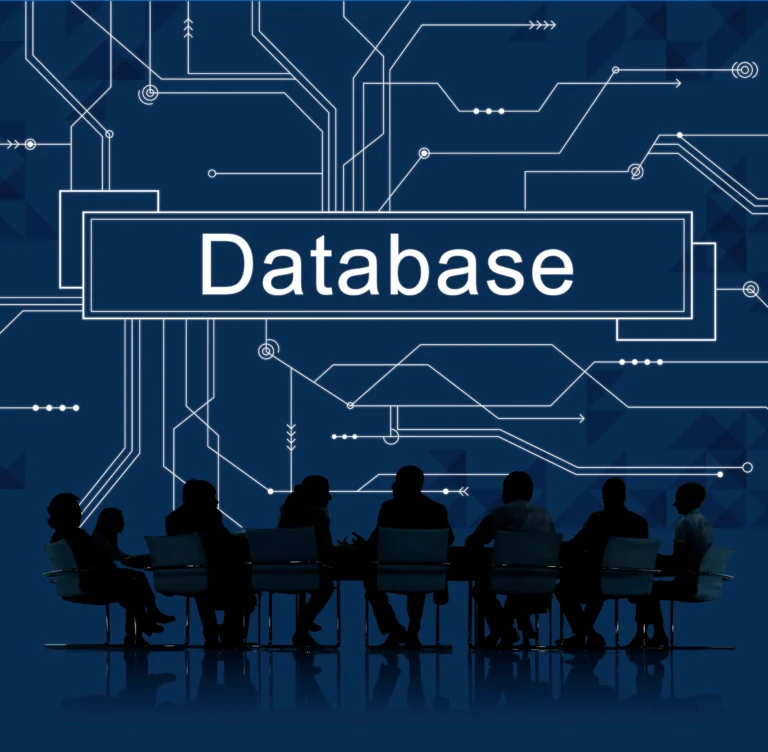The Gender Parity in the Intelligent Age 2025 report by the World Economic Forum explores AI’s impact on gender equality, revealing that it often reinforces existing disparities rather than eliminating them. Women remain underrepresented in AI-related jobs and innovation while facing a higher risk of automation-driven job displacement. Biases in machine learning models further marginalize women, particularly in hiring and career advancement. To counteract these trends, the report calls for inclusive AI development, diverse datasets, and policies that promote gender equity in STEM and leadership roles. Without deliberate interventions, AI risks perpetuating societal inequalities rather than serving as a tool for progress.
The World Economic Forum’s report, Gender Parity in the Intelligent Age 2025, prepared in collaboration with LinkedIn, examines how artificial intelligence (AI) is reshaping the workforce and its implications for gender equality. The report emphasizes the urgent need for proactive strategies to prevent existing inequalities from widening as AI becomes more prevalent.
Job Displacement and AI Risks
Women are disproportionately represented in roles susceptible to AI-driven automation. According to the report, women hold only 22% of AI positions. This underrepresentation limits their opportunities to leverage AI for career advancement, increasing the risk of job displacement. Addressing this imbalance is crucial to ensure a fair transition into an AI-driven economy.
The report highlights that many women occupy positions in administrative and clerical sectors, which are highly vulnerable to automation. Without targeted interventions, these jobs may decline, leading to increased unemployment among women. Implementing reskilling programs focused on AI and digital competencies can help mitigate this risk and promote gender-inclusive economic growth.

The Gender Gap in STEM and AI Leadership
The underrepresentation of women in STEM fields is a significant barrier to achieving gender parity in AI leadership. In 2024, women made up 28.2% of the STEM workforce. This disparity restricts women’s participation in developing and leading AI technologies. Closing this gap requires enhanced access to STEM education, targeted reskilling programs, and inclusive hiring practices.
Furthermore, the report indicates that women hold only 12.2% of C-suite positions in STEM fields, despite representing 24.4% of managerial roles in the same sector. This “drop to the top” phenomenon underscores the challenges women face in advancing to leadership roles within AI and technology sectors. By comparison, in non-STEM fields, women made up 39.6% of managers but only 24.3% of executives. Creating mentorship opportunities and supportive workplace policies can help bridge this persistent leadership gap.

The Need for Inclusive AI Innovation
Diverse perspectives are essential in AI development to prevent the reinforcement of existing biases. Yet women remain underrepresented in innovation. In 2024, only 25% of EPO patent applications included at least one woman as an inventor. This share slightly declined from the previous year, reflecting a broader trend of gender gaps in science and engineering.
AI innovation also faces regional imbalances. Most investments over the past decade have concentrated in North America. Two major surges occurred—between 2019–2021 and again starting in 2023—showing uneven momentum. However, funding alone cannot close the gender gap in AI.
Expanding talent pools require more than capital. Educational access, inclusive innovation policies, and support for women-led projects are equally critical. Companies and governments should prioritize long-term strategies that build inclusive ecosystems. With targeted action, the AI future can become more balanced, fair, and effective for everyone.
Steps Toward Gender Equality in the AI Era
Progress toward gender equality in the age of AI depends on removing systemic barriers that limit women’s full participation in technological and economic transitions. The report emphasizes that equal access to digital skills, leadership opportunities, and innovation ecosystems is essential for inclusive growth. Advancing gender parity requires integrated strategies—improving women’s access to education in science and technology, expanding mentorship and networking opportunities, and creating pathways to leadership in AI-related industries.
Global gender parity remains uneven across economic, political, and technological domains. Women face persistent gaps in workforce participation, leadership, and AI-related roles. Although female representation in STEM and C-suite positions is growing, progress varies widely by region and industry. Care responsibilities, limited networks, and unequal upskilling opportunities further hinder women’s advancement. Stronger policies, inclusive innovation, and investment in care systems can close these gaps and unlock high-quality, equitable economic growth in the Intelligent Age.
Artificial intelligence (AI) is not inherently neutral regarding gender equality. Without intentional interventions, it risks reinforcing existing biases rather than eliminating them. Women remain underrepresented in AI-related fields and face higher risks of job displacement due to automation. Biases in AI systems, particularly in hiring and decision-making, further limit their career opportunities. To address these challenges, businesses, policymakers, and educators must work together to embed gender parity into AI development, ensuring a fair and inclusive future.
More about current trends, including gender equality, can be read in our previous publication: Is the Policy of DEI (Diversity, Equity, and Inclusion) Over?
Read the full report: The Gender Parity in the Intelligent Age 2025


